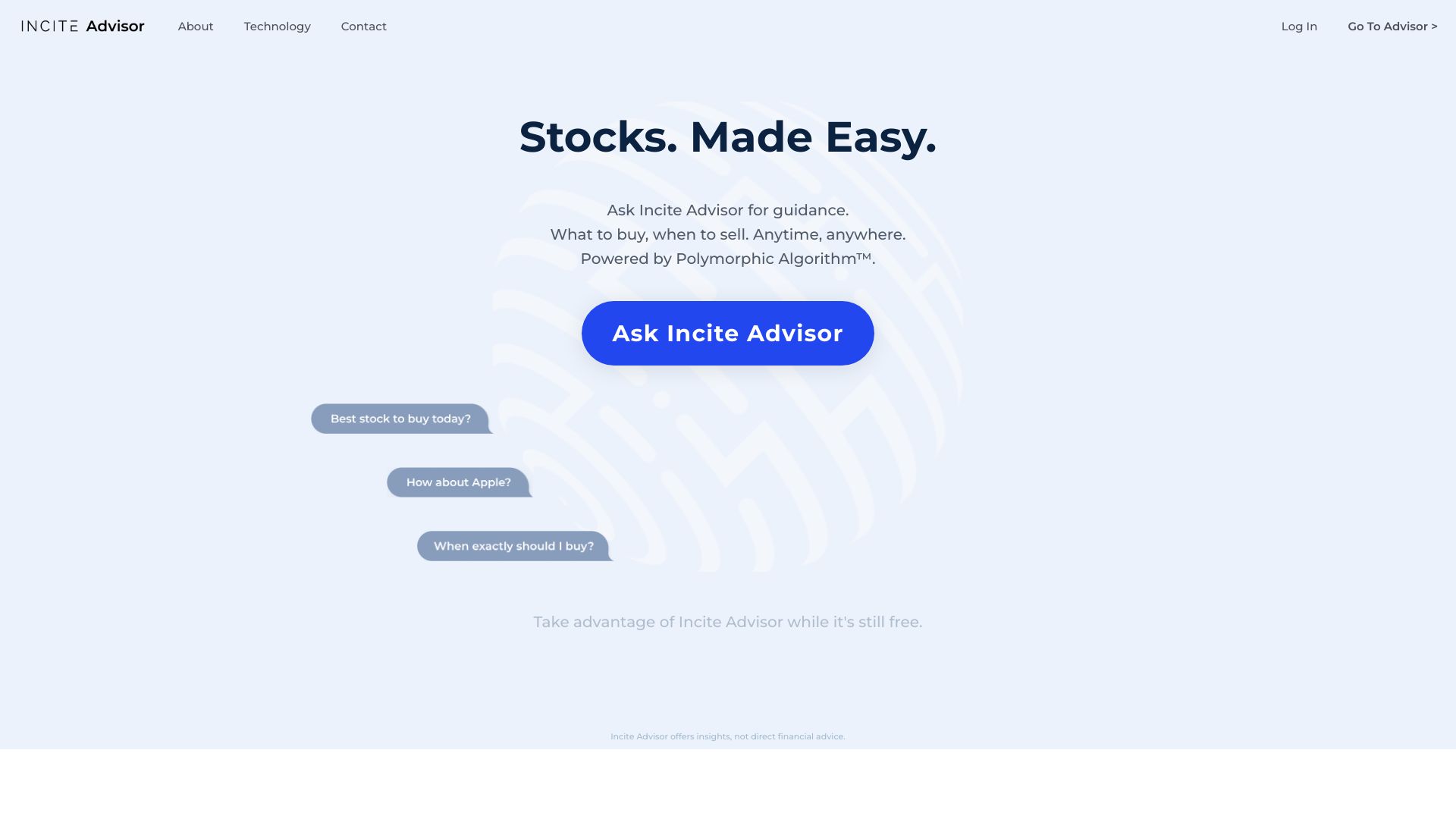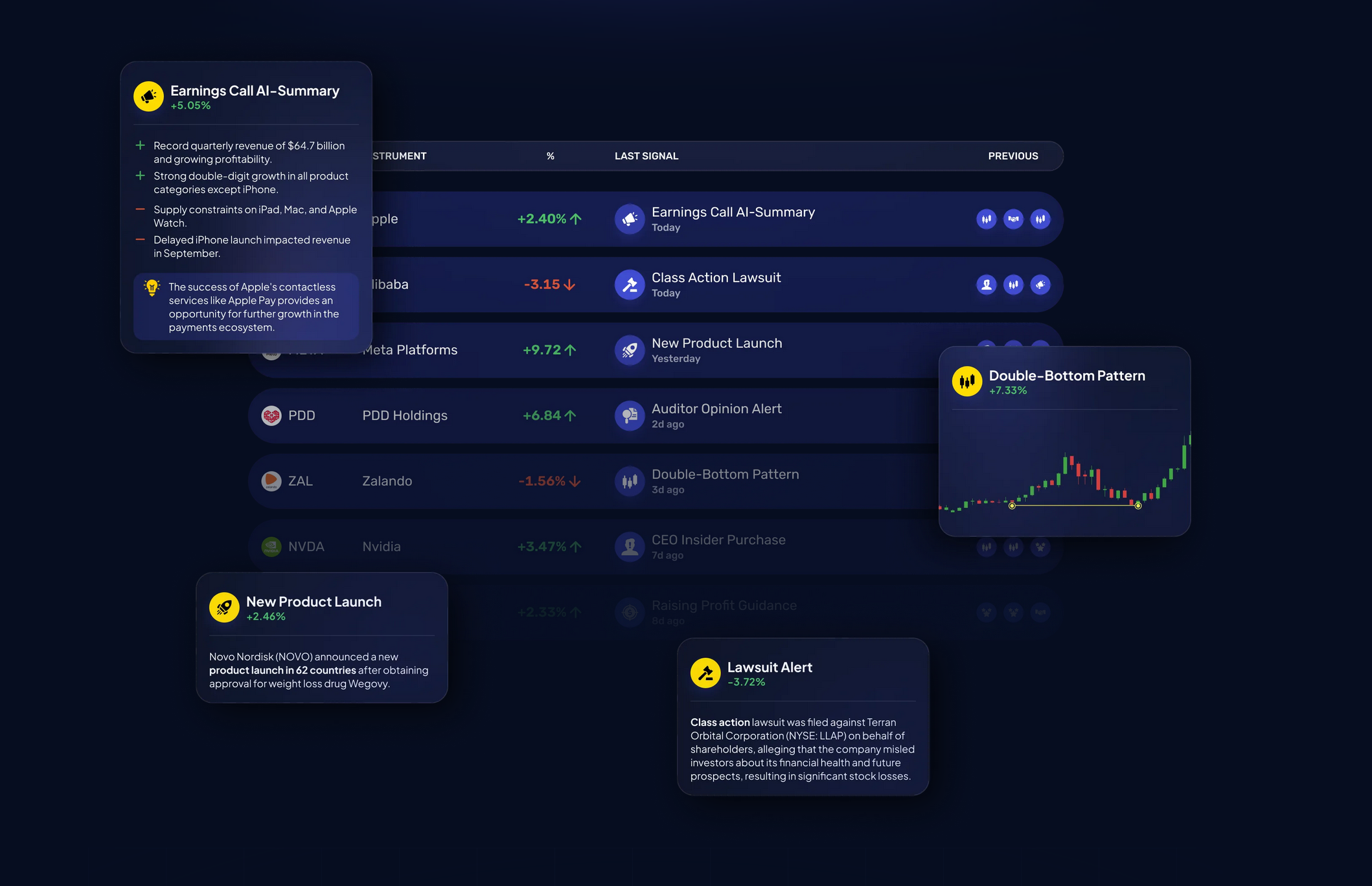The coverage of markets on trading platforms that use AI analysis of stocks is vital as it determines the assets and markets that you can access. A platform with comprehensive market coverage allows you to diversify your portfolio, look for possibilities across the globe, and to adapt to different trading strategies. Here are the top ten ways to assess the market cover of these platforms.
1. Evaluate Supported Asset Classes
Stocks: Make sure that the platform includes stocks from all the major stock exchanges, including NYSE, NASDAQ and LSE.
ETFs. Make sure the platform offers a variety of ETFs so you can have a diverse exposure.
Options and futures: Verify whether the platform is able to handle derivatives like options, futures and other leveraged instruments.
Forex and commodities: See if your platform offers Forex and commodities, precious metals, and energy commodities.
Cryptocurrencies. Check if it supports the major altcoins and cryptocurrencies (e.g. Bitcoin, Ethereum).
2. Check the Geographic Coverage
Global markets: The platform should cover major global markets including North America and Europe, Asia-Pacific and emerging markets.
Regional focus: Check whether the platform is focusing on certain regions or market segments that are in line with your preferences for trading.
Local exchanges - Check to find out if there are local or regional exchanges which are relevant to your area and your strategy.
3. Think about comparing real-time data to delayed data Delayed data
Real-time data: Make sure the platform is able to provide real-time market information for timely decision-making, especially for trading that is active.
Delayed data - Check whether delayed data is available for free or available at a cheaper cost. This could be enough to investors who want to invest over the long-term.
Latency of data. Check to see if your platform minimizes the amount of latency for real-time feeds.
4. Evaluation of Historical Data
Depth of Historical Data: Make sure the platform has a large amount of historical data to backtest analysis, testing and analysis (e.g. 10plus years).
Find out the detail in the historical data.
Corporate actions: Verify whether historical data reflects dividends, stock splits, and other corporate actions.
5. Verify the market depth and order book information
For better price discovery, ensure that the platform is equipped with Level 2 data.
Verify the bid-ask ranges in order to confirm the accuracy of pricing.
Volume data: Verify that the platform provides specific volume data that can be used to study market liquidity.
6. Assess Coverage of Indices and Sectors
Major indices : Ensure you are using a platform that incorporates the most important indexes. (e.g. S&P 500, NASDAQ 100, FTSE 100 ) This is essential to benchmark your strategy and also for index-based strategies.
Data for specific industries: If you want to conduct a more specific analysis, see if there is data available for specific sectors.
Customized indices. Make sure that the platform is capable of creating and keeping track of custom indices that meet your needs.
7. Evaluation of integration with Sentiment and News data
News feeds: Ensure the platform is able to integrate live news feeds of reputable sources (e.g., Bloomberg, Reuters) for market-moving events.
Sentiment analysis: Determine whether there are tools to perform sentiment analysis that are based on social media posts, news articles or other data sources.
Event-driven strategy: Check that the platform supports events-driven trading strategies (e.g. announcements of earnings, economic reports).
8. Check for Multimarket Trading Abilities
Trading in cross-markets: The system should permit trading across different markets or asset classes using a single user interface.
Conversion of currencies Check to see if you can convert currencies in a way that is automatic to international trades, and also if you have accounts that support multi-currency transactions.
Support for time zones: Check whether the trading platform you are using is compatible with different timezones to trade on global markets.
9. Evaluation of alternative data sources
Alternative data: To gain new insights, make sure that the platform uses different sources of data.
ESG data: Determine whether the platform contains environmental, social, and governance (ESG) data for socially responsible investing.
Macroeconomics data: for a more basic analysis, ensure that the platform contains macroeconomic indicators such as GDP (gross domestic product), inflation rates and interest rate.
Examine the Feedback of Users and Market Reputation
User feedback is a fantastic method to assess the market reach of a platform.
The reputation of the company: Find out whether the platform has been approved by industry experts in terms of market coverage.
Case studies: Look for cases studies or testimonials that highlight the platform's performance in particular markets or asset classes.
Bonus Tips:
Trial period: Try the platform at no cost to test how it covers markets and the types of data available.
API access Check if the API of the platform supports customized analysis with market data.
Support for customers: Ensure that the platform can help with any market-related queries or data issues.
By using these tips you can be able to accurately evaluate the coverage of AI stock prediction/analyzing trading platform. Then, you can select an investment platform that provides you the markets and the information you need to make successful trades. Market coverage that is comprehensive allows you to diversify your portfolio, discover new opportunities and be able to adapt to changing market conditions. Have a look at the recommended I thought about this about ai investment platform for site advice including market ai, ai trade, market ai, ai stocks, ai investing, ai stock trading app, stock ai, ai for stock trading, trading ai, ai for trading and more.

Top 10 Tips To Assess The Transparency Of Ai Stock Trading Platforms
Transparency is an important factor when evaluating AI-driven stock prediction and trading platforms. It allows users to trust the operations of the platform, understand the process of making decisions, and confirm the accuracy of the predictions. These are the top ten tips for assessing transparency in such platforms.
1. AI Models explained in depth
Tip: Check if the platform gives an explanation of the AI models and algorithms used to make predictions.
Knowing the technology behind it allows users to assess its credibility.
2. Disclosure of Data Sources
TIP: Check if the platform discloses which data sources are used (e.g. historical stocks, news or social media).
Why? Knowing the sources of information ensures that the platform has accurate and up-to-date data.
3. Performance Metrics and Backtesting Results
Tip: Look for transparent reporting of performance indicators (e.g., accuracy rates and ROI) and backtesting results.
What is the reason? It allows users to check the performance of their platform in the past and also to verify the effectiveness of their platform.
4. Real-Time Updates and Notifications
Tip. Check whether the platform offers real-time notifications or updates on trades and system changes in addition to predictions.
Why: Real-time visibility ensures that users are conscious of crucial actions.
5. Limitations of Open Communication
Tip: Check if the platform is openly discussing the limitations and risks of its trading strategies.
Why? Acknowledging limitations helps build confidence and lets users make informed choices.
6. Data in Raw Data to Users
Tips: Make sure that users have access to the raw data, or the intermediate results AI models utilize.
The reason: Raw data can be used to confirm the predictions of others and to conduct an analysis.
7. Transparency in the way fees and charges are disclosed.
Check that the platform explains all charges that are due, including subscription fees and also any extra costs.
Transparency in pricing is a positive thing. It prevents unanticipated costs and builds confidence.
8. Regular reports and audits
Check whether the platform issues regular reports, or undergoes audits by third party auditors to check its effectiveness.
The reason: Independent verification improves credibility and accountability.
9. Explainability and Predictions
Tips: Make sure the platform provides information on how predictions or recommendations (e.g. the importance of features, decision tree) are generated.
Why: Explainability helps you understand AI-driven decisions.
10. Customer Feedback Channels, Support and User Feedback
Tips - Make sure the platform has open channels for feedback and support from users, and if they respond transparently to their concerns.
Why? Responsive communication shows an interest in transparency and satisfaction of users.
Bonus Tip: Regulatory Compliance
Verify that the platform is in compliance with all financial rules. It should also announce the status of its compliance. This adds an additional layer of confidence for the platform.
If you take the time to carefully examine these factors you can assess whether an AI-based stock prediction and trading system functions in a transparent way. This allows you to make educated decisions and develop confidence in the capabilities of AI. Follow the top best stock prediction website examples for blog recommendations including chart analysis ai, ai share trading, ai in stock market, best ai stocks, ai stock investing, free ai tool for stock market india, best ai penny stocks, trading ai tool, best ai for stock trading, stock trading ai and more.
